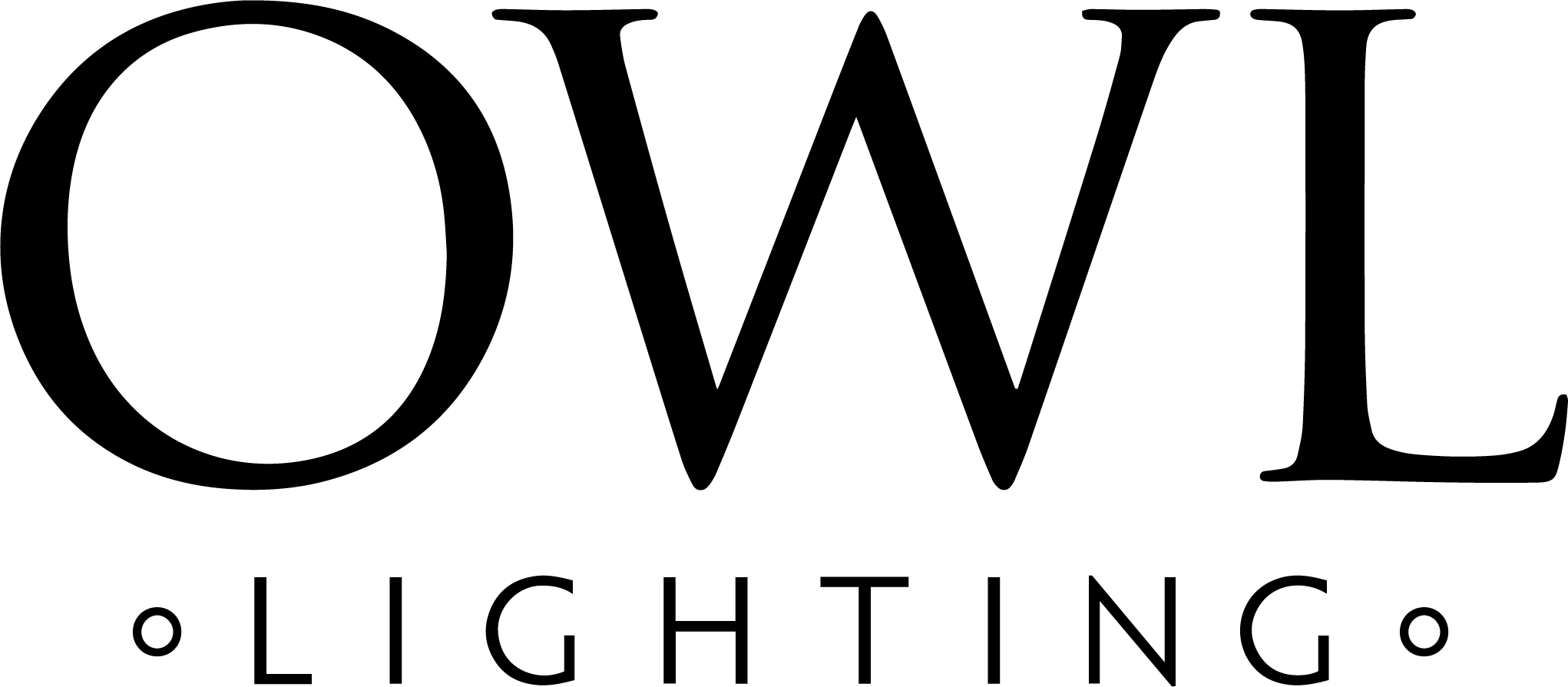The application of TM-30-15 in residential lighting
Introduction
Owing to the opportunities and shortcomings of LED lighting technology the Illuminating Engineering Society (IES) of America has published TM-30-15, a colour reference tool for designers, with regard to selecting light sources for interior applications.
The objective is to get away from the disappointing colour rendition that is too often found with LED lighting. Designers can use the following process to assist in choosing the best light sources for their projects.
Step 1 – Select the desired colour Temperature (CCT)
In essence we decide how warm we would like the light – 2700k being very warm and 6500k very cool. Certain spaces may work well with crisp white high CCT light, but in general 2700k and 3000k are accepted as the preferred warmish light for residential lighting in the higher latitudes of the Northern Hemisphere. Whilst choosing CCT, which tends towards a scale from yellowish to bluish, it is also useful to consider how pure the white should be in terms of Duv scale, which indicates the deviation from red (-) and green(+) away from white (at least in terms of the Plankian locus).
Step 2 – Select a Fidelity limit.
Fidelity (Rf under TM30) is a measure of the naturalness of the light in rendering colours compared to a reference source of similar CCT. In choosing a fidelity limit for the application the degree of allowable deviation from a norm is set.
Step 3 – Decide on a level of Gamut.
Gamut (Rg under Tm30) describes the average colour saturation of the light. This means that colours will appear more vibrant with higher gamut, which may be desirable or not depending on the application. Higher gamut may also lead to lower fidelity and that is why it is better to choose a fidelity threshold before deciding on the gamut level.
Step 4 – Check the colour Hue is that desired.
Rf and Rg under TM-30 are averages over 99 colours many of which may not feature in the application being considered – in the end they are only numbers. To get a feel of how the main colours in the scheme will look, TM-30 data is represented in a Colour Vector Graphic (CVG), which groups colours together in hue angles (similar colours) and represents them as a sort of circle (polygon) – illustrating which colours will be most vibrant.
This evaluation method is useful for deciding which lights should work in an interior application from a scientific perspective. Then it’s just down to human preference.
